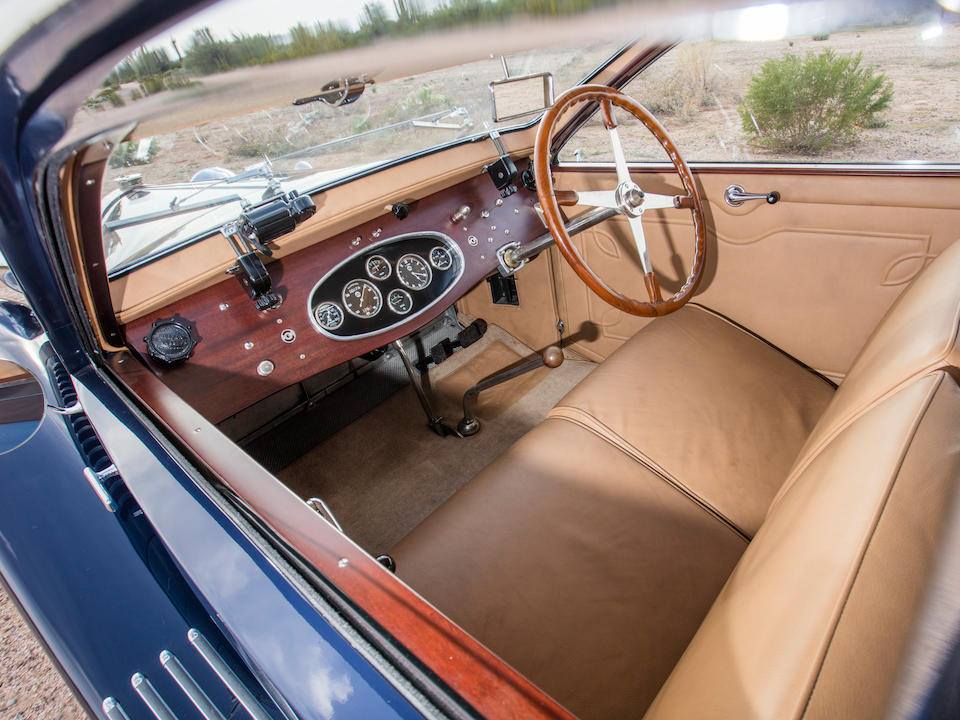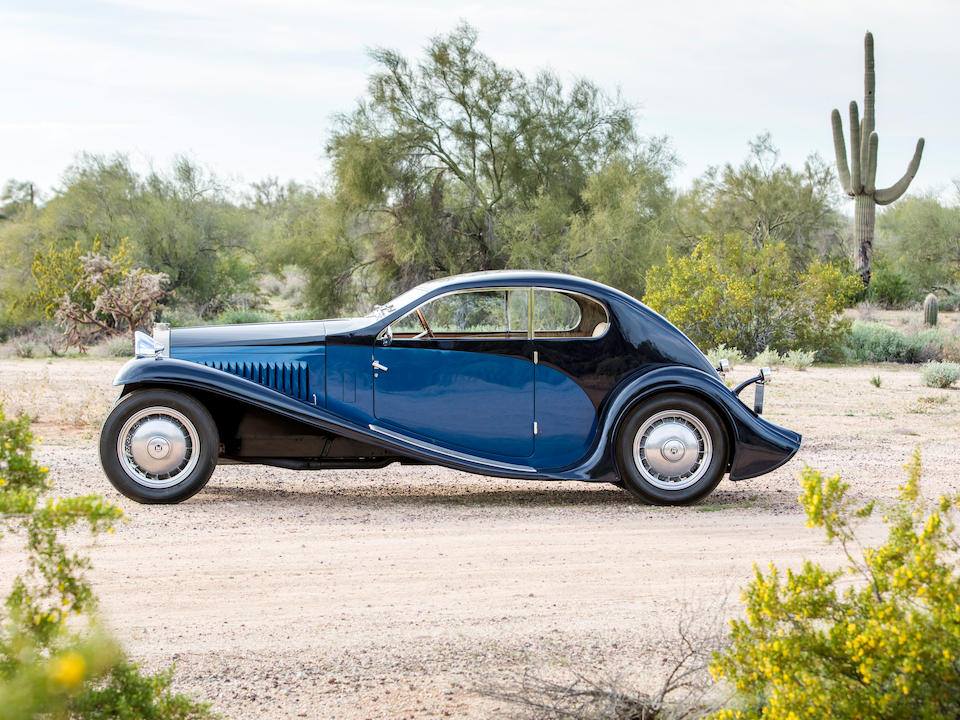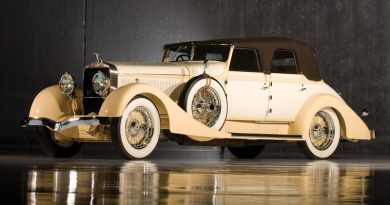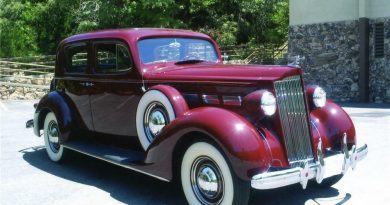1931 Bugatti Type 46 ‘Superprofilée’ Coupe
The Bugatti Type 46 was produced from 1929 through 1936 with a total of 444 examples produced. The supercharged version, the Type 46S, was introduced a year later – in 1930. In total, there were only 18 examples of the Type 46S produced.
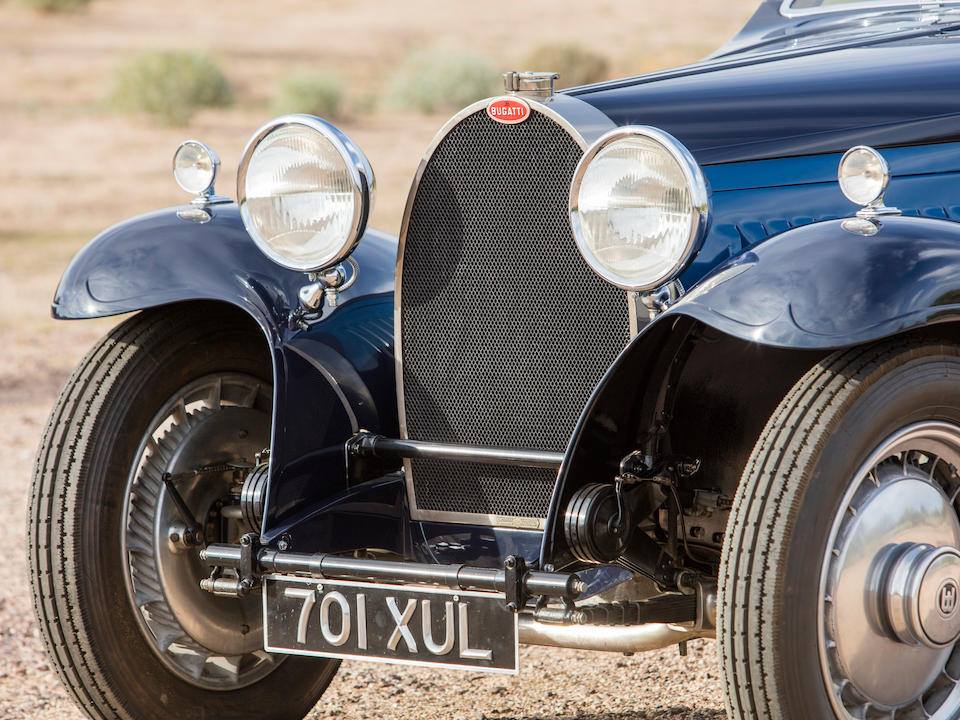
When Bugatti introduced the Type 46, they had an impressive lineage of vehicles in which they offered their clients. At the top of the pack was the legendary Bugatti Royale (Type 41), which was far beyond what most customers could ever afford. The Type 46 was to become Bugatti’s luxurious flagship that was both large and comfortable. It included many of the design elements that could be traced back to the Royale.
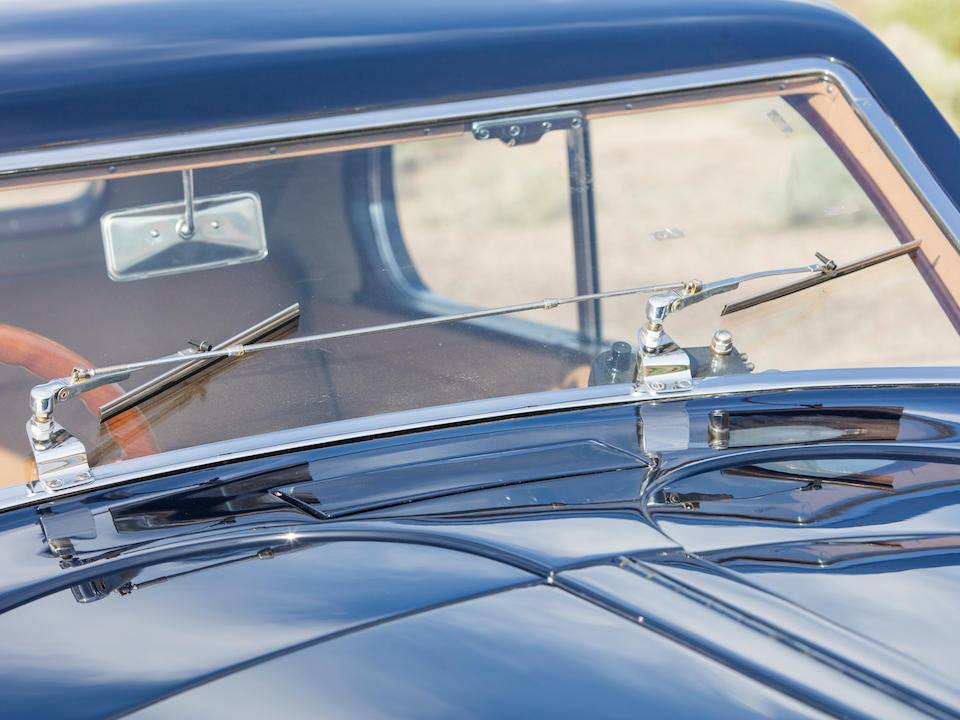
The Type 46 Bugatti was fitted with a straight-eight engine, a three-speed gearbox, Rudge wire wheels, and cable operated brakes. The engine was fitted with a Smith-Bariquand Multi-Jet Carburetor, had single overhead camshafts, a 5359cc displacement size, and a deep one-piece cylinder block, which incorporated the main bearing supports and the Type 41’s 130mm piston stroke.
The one-piece cylinder block and head was almost completely covered by a hand-scraped aluminum plate secured by rows of brightly polished fasteners with polished fittings and covers.
With its ultra-long stroke, the Type 46 had impressive low-speed performance, thus its need for only a three-speed gearbox, which was mounted in unit with the rear axle.
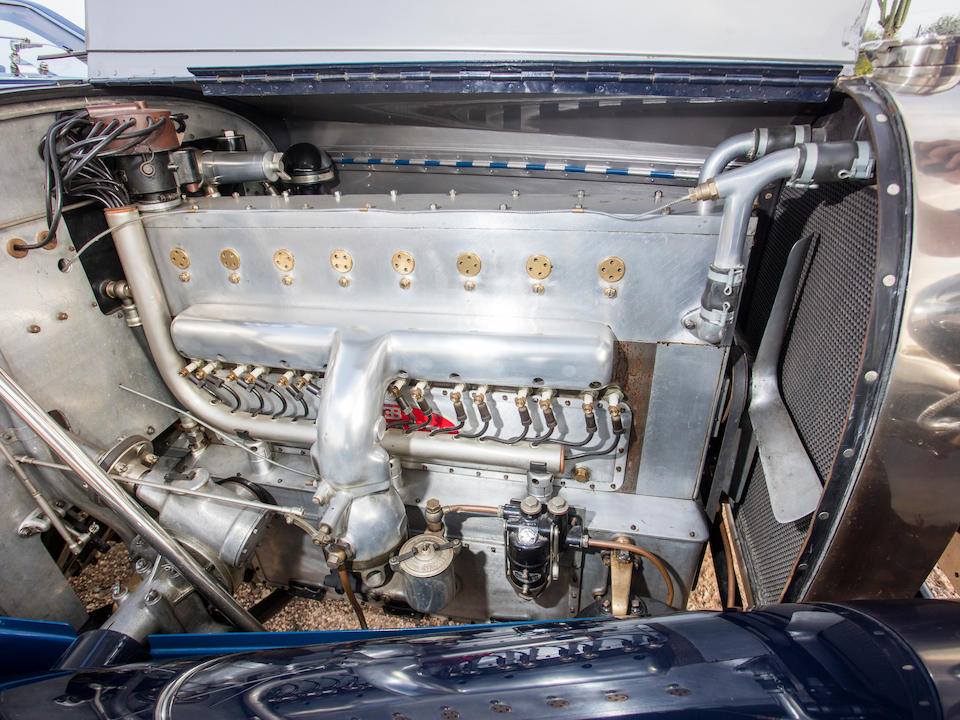
The car rode on a comfortable 137.8-inch wheelbase. The engine was rubber-mounted in the frame which aided in quiet operation. With 444 naturally aspirated Type 46 models sold and an additional 18 with superchargers, the Type 46 was a very successful commercial product for the Bugatti Company.

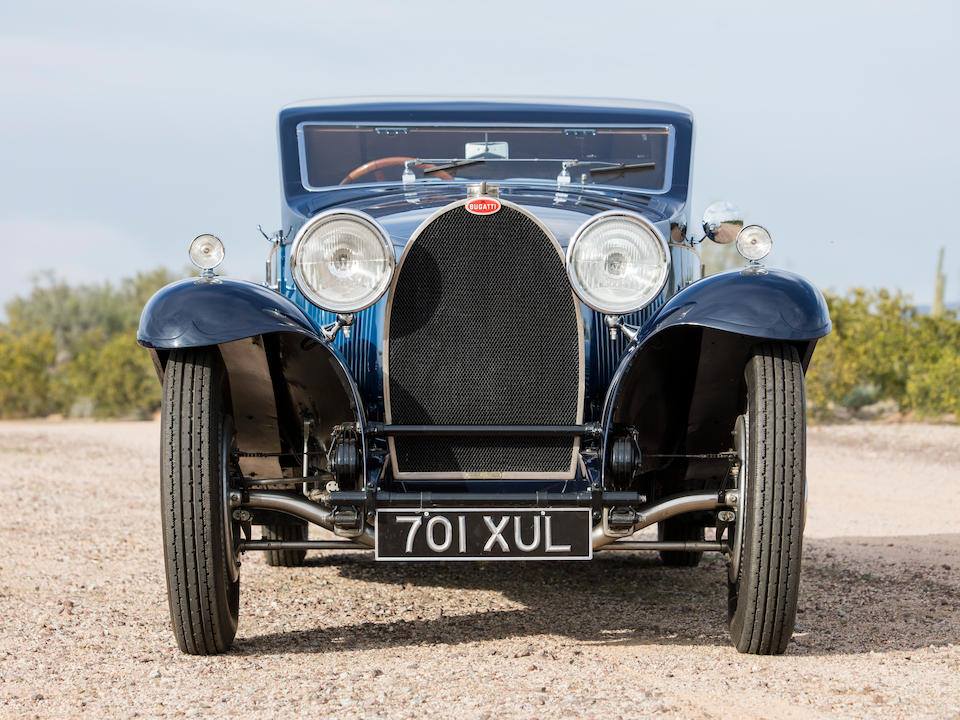
Bugatti had added their own coachworks facility in Molsheim in 1928, thus allowing them to provide their own coachwork. The upper-class clientele needing more were able to take the rolling chassis to the coachbuilder of their choice.
